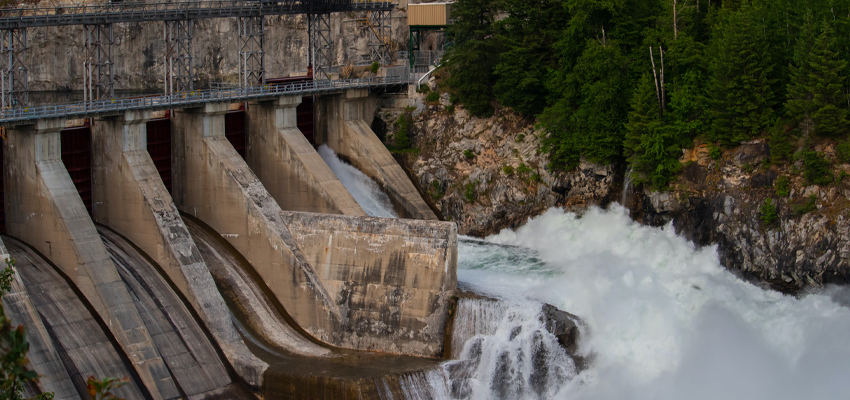Hydraulic seals, and their wear causes
Hydraulic locks which serve to regulate the liquid flow are the most important elements of the dams, spillways, hydroelectric power plant, and other hydraulic facilities.
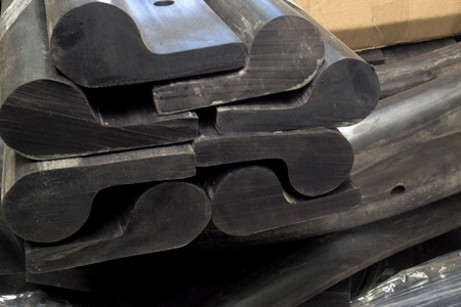 While they are in the closed position, the hydraulic locks must be absolutely leaktight, that´s why the rubber seals are used for sure at these constructions manufacturing and repairing.
While they are in the closed position, the hydraulic locks must be absolutely leaktight, that´s why the rubber seals are used for sure at these constructions manufacturing and repairing.
Their wholeness is what the hydro locks operation reliability depends on. However, the service lifetime of the sealings themselves is rather limited. The cause of it lies in the high friction coefficient between them and the metal parts. As a rule, it makes more than 1.0.
Being subjected to high pressure and adversity environmental factors, the rubber elements might stick to the metal ones.
Due to the difference between the coefficients of static friction and of sliding friction, the hydraulic lock mechanism starts moving in spurts, and this causes difficulties at its starting.
As a result of the issues mentioned above, risk of damaging the locking edges of the rubber sealings increases, and they might lose their sealing functions.
You can see the typical signs of seal wear caused by increased friction on the figure below (see Fig.1).
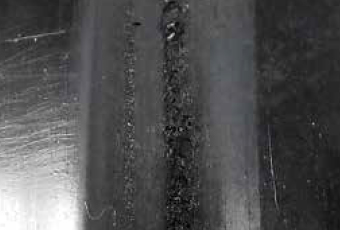
Fig.1. Appearance of the seal damage at friction
MODENGY coatings for rubber seals protection
For the purpose of significant friction coefficient reduction in the sealing devices, the Russian Modengy company has developed the anti-friction solid-film coatings based on highly fine polytetrafluorethylene (PTFE) – they are MODENGY 1012 and MODENGY PTFE-A20.
These compounds are applied onto the rubber elements by methods of painting, and cure fast at room temperature. They get tack free dry in 8 minutes maximum, cure completely, and are ready for the operational loads – in 30 minutes.
The cured coatings neither release toxic evaporations, nor make any harm to the environment, retain their properties at -50 to +130 °С.
MODENGY PTFE-based products are not washed off by water which is very important under operational conditions of the hydraulic facilities. The coatings are as elastic as rubber that’s why they neither crack nor peel off in the course of operating the hydraulic locks.
The characteristic feature of MODENGY 1012 is the water basis. It enables to use the coating for all rubber types which get destroyed being exposed to the organic solvents.
These compounds are supplied ready to be used and available in handy package sizes of 200 G, 600 G, and 4.5 KG. MODENGY PTFE-A20 is also released in aerosol form what is especially relevant where small areas need to be treated.
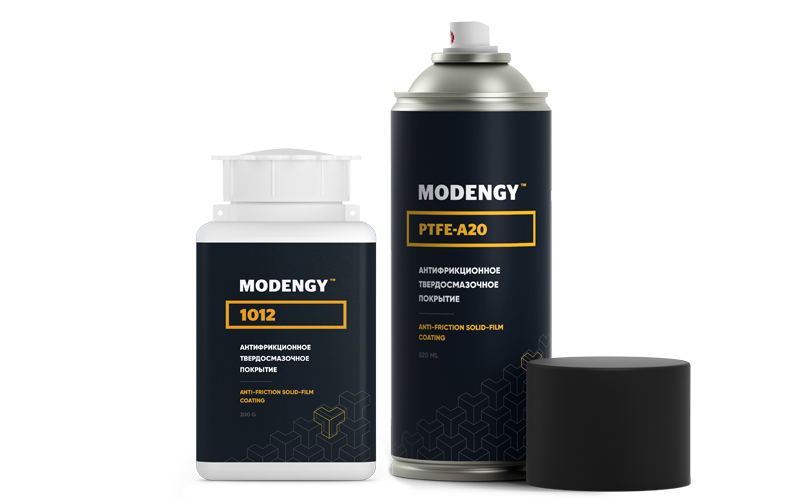
For the purpose of comparison friction intensity of the hydraulic seals with and without coatings on them, a number of trials were held. The coefficients of static friction and sliding friction between the seals and the metal surfaces conjugated with them underwent measuring.
The measuring results received were the following.
The coefficient of static friction (st.f) on the seals without the coating made 1.12, and the coefficient of sliding friction (sl.f) did 1.0.
The elements treated with MODENGY coatings demonstrated much lower figures. MODENGY 1012 ensured the st.f value of 0.2 and the sl.f value of 0.24 to the hydraulic seals, while MODENGY PTFE-A20 - the st.f value of 0.18 and the sl.f value of 0.2 correspondently.
Thus, use of MODENGY coatings has enabled to reduce friction losses by 5 times and more. There is the fragment of the hydraulic seal in its initial state and then treated with MODENGY 1012 coating presented below (see Fig.2).
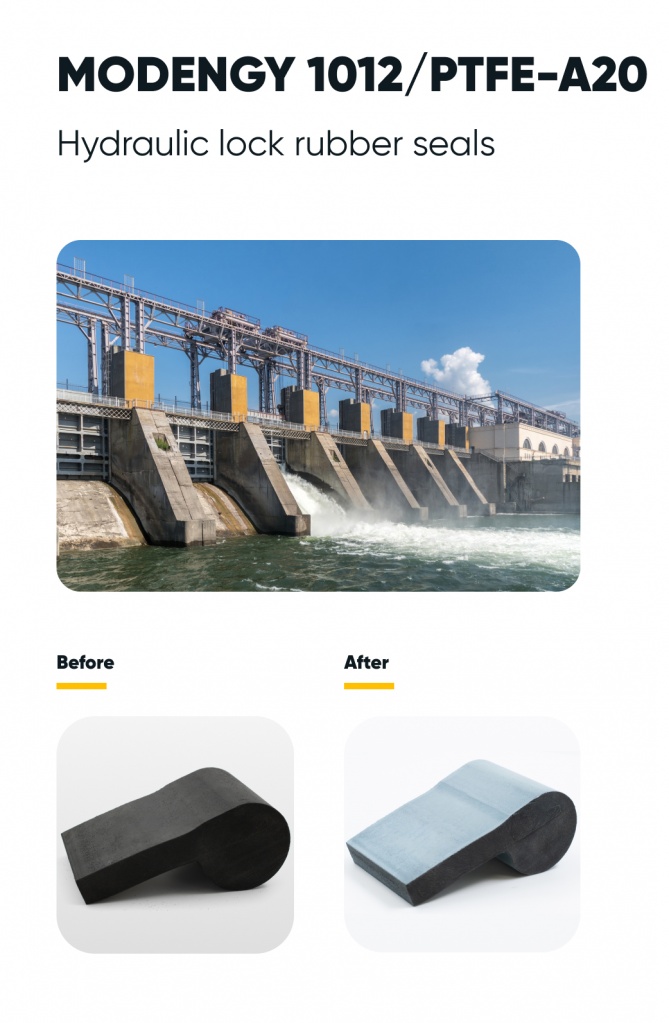
Fig.2. The fragment of the hydraulic seal in its initial state (on the left) and the other one covered with MODENGY 1012 (on the right)
Conclusion
Russian MODENGY 1012 and MODENGY PTFE-A20 coatings enable to create a separating layer resistant to scuffing on the rubber seals surfaces which significantly reduces friction losses (by 5 times and more). This allows to improve operation reliability, service lifetime, and energy efficiency of the hydraulic locks.
These coatings are easy to use and apply – all the works can be fulfilled by using the minimal tool set and directly at the site.
For more details and consultation please contact us by clicking the button.
Request information




 RU
RU
 EN
EN





